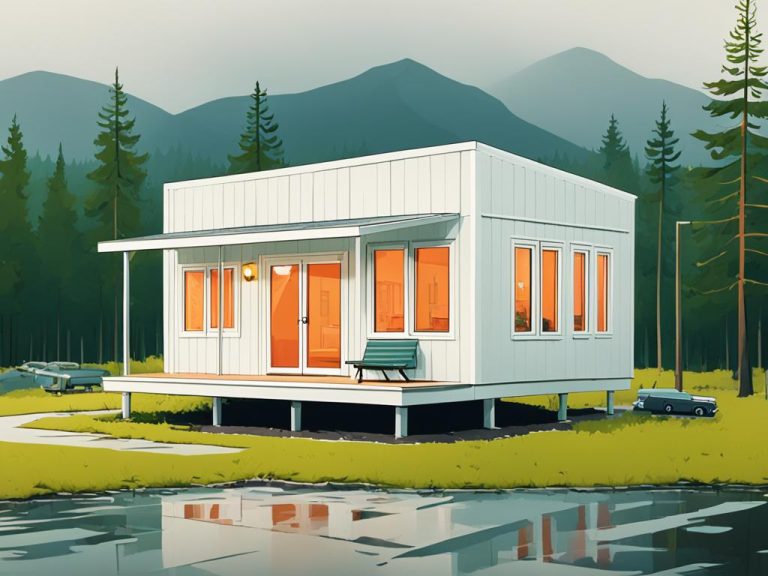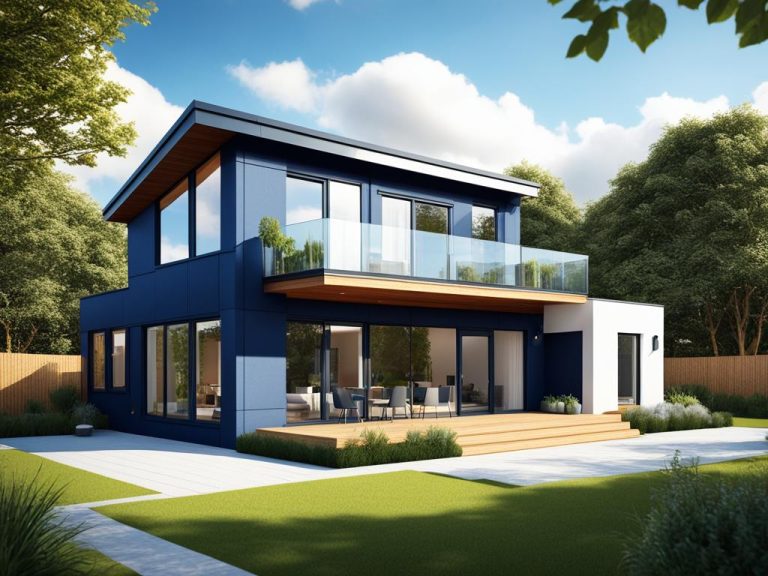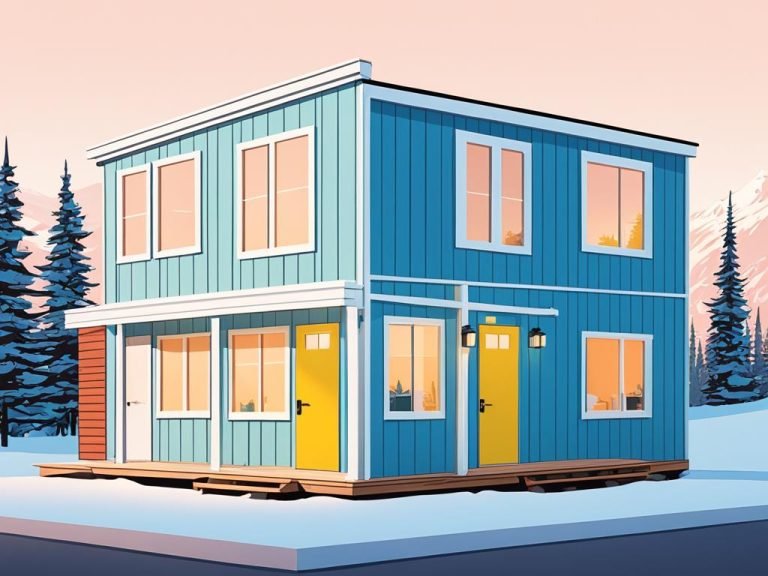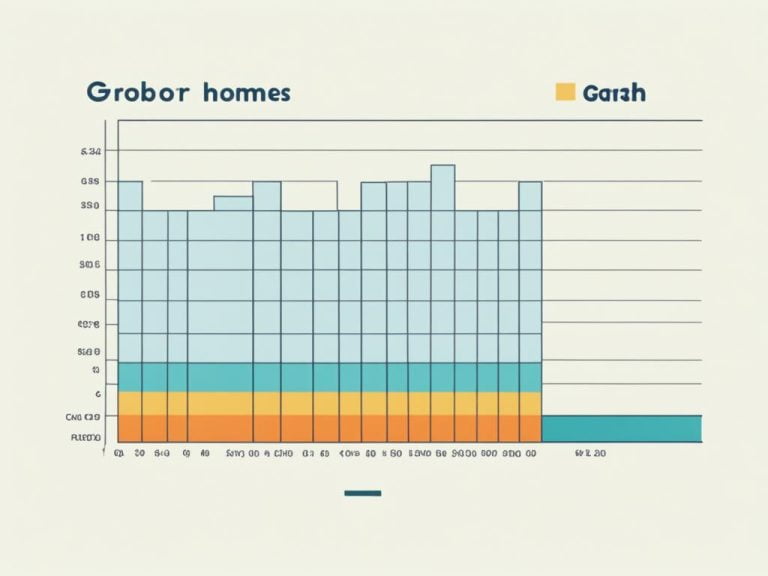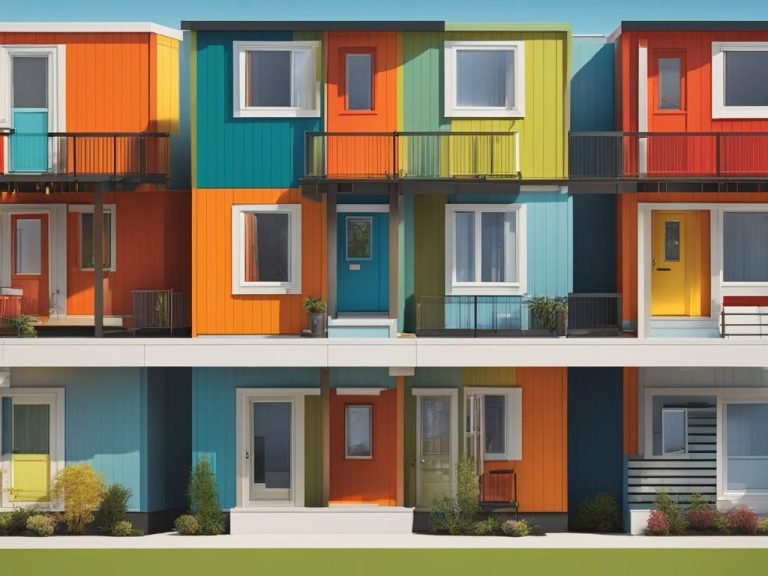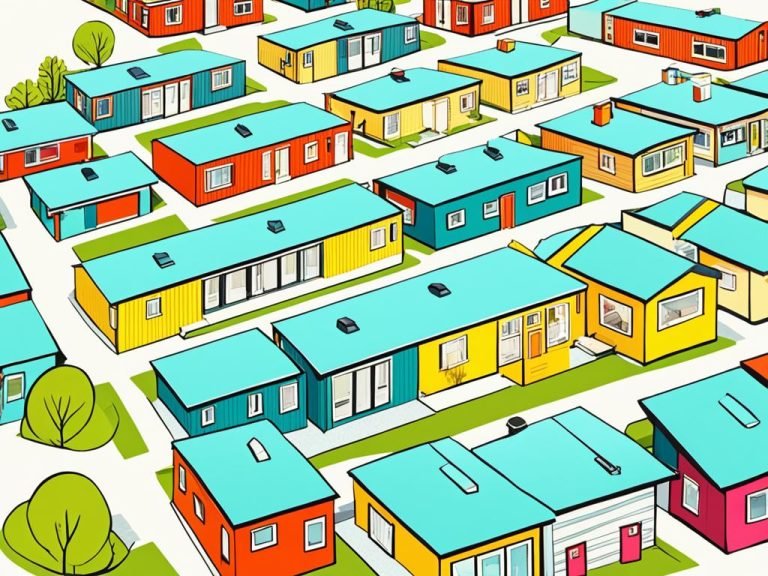Longevity of Modular Homes: How Long They Last
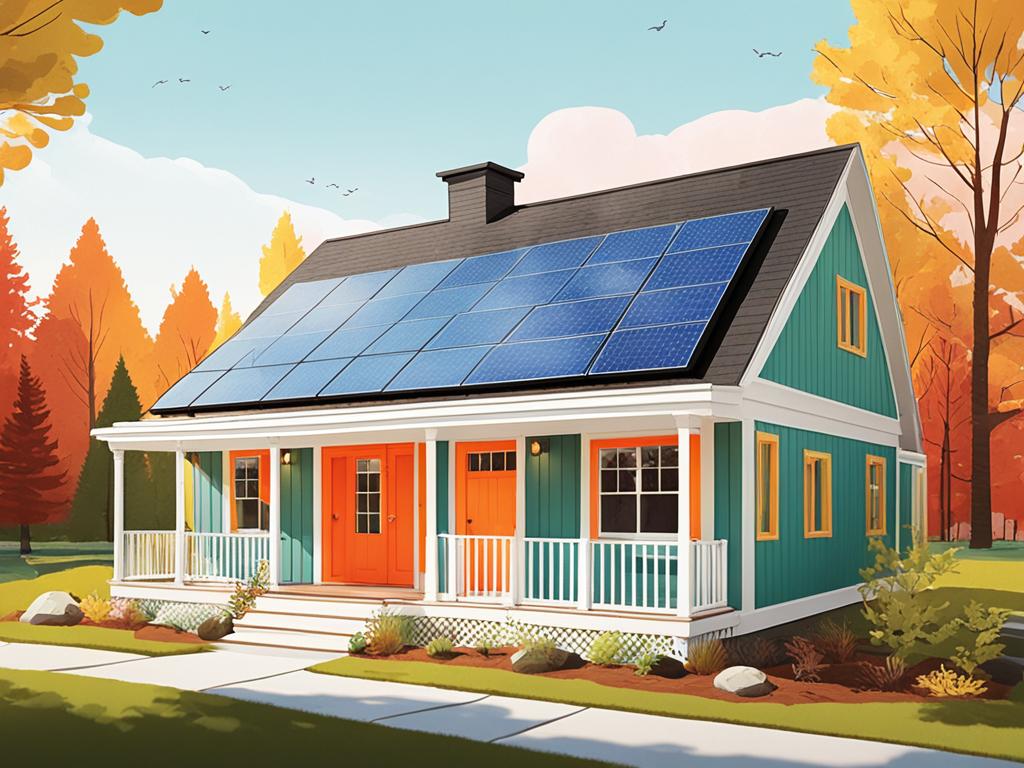
When considering the purchase of a home, one of the key factors that homeowners often contemplate is the lifespan of the property. This consideration holds true for modular homes as well. Modular homes have gained popularity in recent years due to their cost-effectiveness, efficiency, and eco-friendly nature. However, many potential buyers are curious about the durability and longevity of these factory-built dwellings. In this article, we will explore the average lifespan of modular homes, the factors that influence their longevity, the advantages they offer, and maintenance tips to maximize their lifespan.
Key Takeaways:
- Modular homes built in the UK and Europe today are expected to last at least 60 years.
- The longevity of a modular home depends on factors such as the quality of materials, build quality, and the ability to withstand the elements.
- Advantages of modular homes include construction in a controlled factory environment, extensive quality controls, and the use of high-quality and durable materials.
- Proper maintenance and care, including regular cleaning and prompt repairs, are essential for maximizing the lifespan of a modular home.
- By choosing a reputable modular home builder and implementing regular maintenance practices, homeowners can expect their modular homes to provide a durable and long-lasting living space.
Factors That Influence the Longevity of Modular Homes
The longevity of a modular home depends on several factors that contribute to its durability and lifespan. One of the key determinants is the quality of materials used in its construction. Using good quality structural materials is crucial as it ensures the home can withstand the test of time. Additionally, the choice of materials for non-structural components, such as the roof, plays a significant role in the overall lifespan of the house.
Poor onsite installation and low-quality materials are factors that can negatively affect the longevity of a modular home. It is important to ensure that proper quality control measures are in place during the construction process to avoid any potential issues that may arise later. Harsh environmental conditions can also impact the lifespan of a modular home if the materials and design are not able to withstand them.
Maintenance is another essential factor in increasing the lifespan of a modular home. By regularly addressing any maintenance needs, homeowners can prevent small issues from developing into larger, more costly problems. Lack of maintenance and neglect can significantly reduce the overall durability of the home.
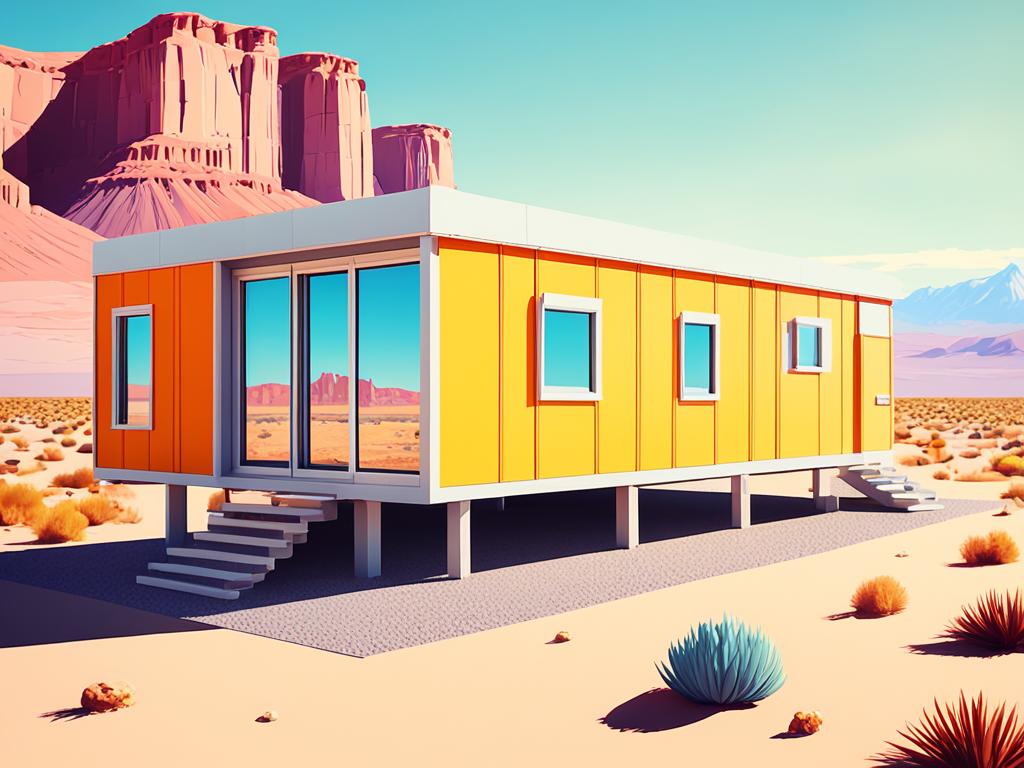
By considering these factors and ensuring the use of high-quality materials, proper installation, and regular maintenance, homeowners can maximize the longevity and durability of their modular homes.
Advantages of Modular Homes for Longevity
Modular homes offer several advantages that contribute to their longevity. The construction process takes place in a controlled factory environment, protecting the materials from exposure to harsh weather conditions and ensuring better quality. Extensive quality controls are implemented throughout the construction process to minimize errors and potential damage. Additionally, modular homes are designed and built to withstand transportation and installation stresses, using high-quality and durable materials. These advantages contribute to the longevity of modular homes, making them a reliable and durable housing option.
One advantage of modular homes is the controlled factory environment in which they are constructed. Unlike traditional site-built homes, modular homes are built in a factory setting where the materials are protected from adverse weather conditions that can potentially impact their quality and durability. This controlled environment allows for better quality control, ensuring that the construction process is carried out diligently and with precision.
Another advantage is the extensive quality controls that modular home manufacturers implement. These controls are in place to minimize errors and potential damage during construction. Each module of the home goes through rigorous inspections and quality checks to ensure that it meets the highest standards. This attention to detail helps to enhance the durability and longevity of modular homes.
Modular homes are also designed and built to withstand the stresses of transportation and installation. They are constructed using high-quality and durable materials that are specifically chosen to withstand the rigors of being transported to the installation site. This ensures that the home remains structurally sound and intact during the transportation process. Additionally, modular homes are designed with structural integrity in mind, making them resilient to the installation process. Their ability to withstand these stresses contributes to their longevity and durability.
Overall, modular homes offer several advantages that contribute to their longevity. The controlled factory environment, extensive quality controls, and use of high-quality materials all work together to ensure that modular homes can withstand the test of time. With proper maintenance and care, modular homes can provide a durable and long-lasting living space for homeowners.
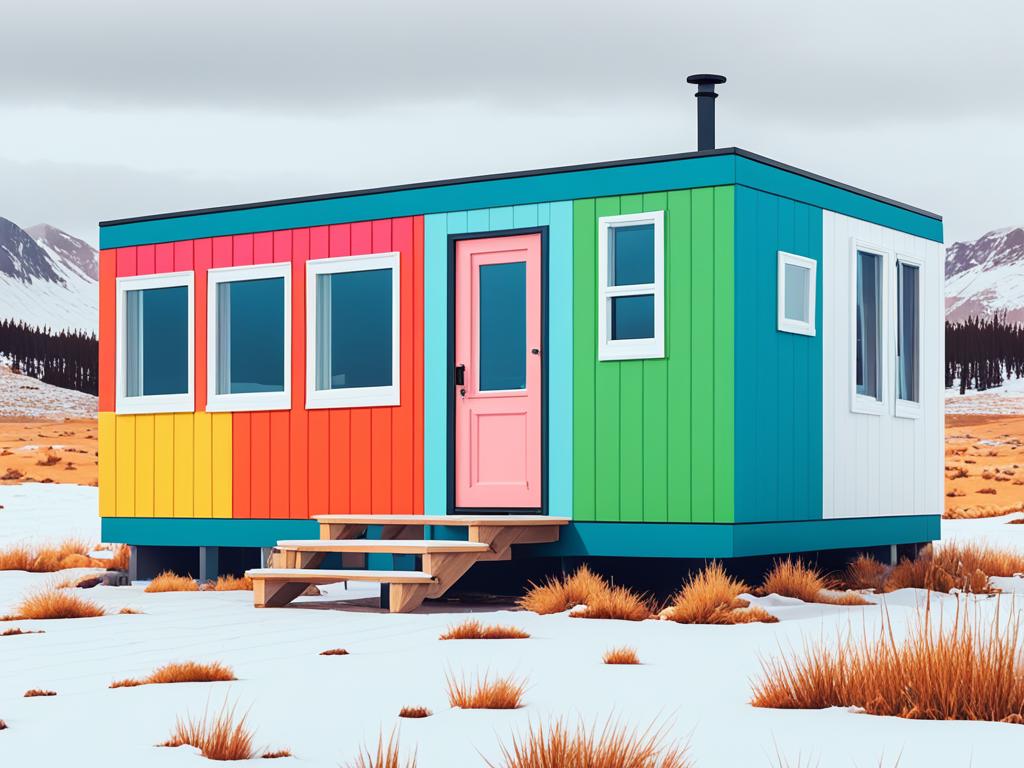
Maintenance and Care for Longevity of Modular Homes
Proper maintenance and care are essential for maximising the longevity of a modular home. By implementing regular maintenance practices and following care guidelines, homeowners can ensure their modular homes provide a comfortable and durable living space for many years.
Regular Maintenance Works
Regular maintenance works play a crucial role in keeping a modular home in good condition and increasing its lifespan. This includes replacing broken components, such as windows or doors, and repairing damaged finishes. By addressing these issues promptly, homeowners can prevent further damage and ensure the structural integrity of their homes.
Cleaning to Prevent Pest Infestations
Regular cleaning is another important aspect of maintaining a modular home. This not only keeps the home looking its best but also helps prevent pest infestations, especially for homes with wooden structures. Removing debris, dust, and dirt from both the interior and exterior of the home can deter pests and preserve the home’s structural integrity.
Avoiding Moisture Damages and Fixing Water Leaks
To increase the lifespan of a modular home, it is crucial to address moisture-related issues promptly. Moisture damages can lead to structural problems and compromise the overall durability of the home. Homeowners should regularly inspect for water leaks, especially in areas prone to moisture, such as bathrooms or kitchens. Fixing water leaks promptly and ensuring proper ventilation can help prevent costly damages and extend the lifespan of the home.
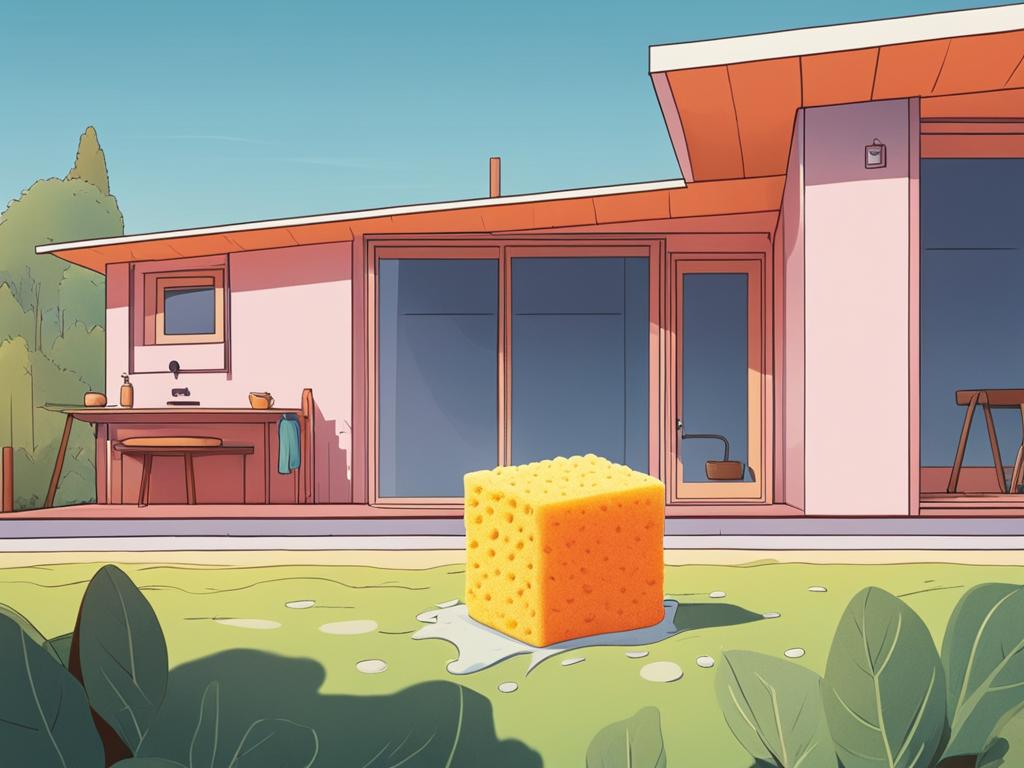
By following these maintenance and care practices, modular homeowners can greatly enhance the longevity of their homes. Regular upkeep, cleaning, and prompt attention to issues like water leaks can help preserve the structural integrity and appearance of the home for many years to come.
Conclusion
In conclusion, modular homes have proven themselves to be a viable and long-lasting alternative to traditional site-built homes in the United Kingdom. With proper construction, high-quality materials, and adherence to strict quality control measures, modular homes can match or even exceed the lifespan of their counterparts.
The longevity of a modular home depends on various factors, including the quality of materials used, the build quality, and the ability to withstand environmental elements. By choosing a reputable modular home builder and ensuring the use of durable materials, homeowners can have confidence in the durability and longevity of their modular homes.
However, it is essential to note that proper maintenance and care are critical in maximizing the lifespan of a modular home. Regular maintenance, such as replacing broken components and promptly addressing water leaks, can prevent structural damage and ensure the home remains in excellent condition for years to come.
Therefore, for those seeking a durable and long-lasting living space, modular homes offer a reliable solution. With their construction in a controlled factory environment and the implementation of regular maintenance practices, modular homes can provide homeowners with a comfortable and sustainable housing option in the United Kingdom.
FAQ
How long do modular homes last?
Modular homes built in the UK and Europe today are expected to last at least 60 years [1].
What factors influence the longevity of modular homes?
The longevity of a modular home depends on factors such as the quality of materials used, build quality, and the ability to withstand the elements [1][2].
What are the advantages of modular homes for longevity?
Modular homes offer advantages such as construction in a controlled factory environment, extensive quality controls, and the use of high-quality and durable materials, contributing to their longevity [2].
How can I maintain and care for a modular home to increase its lifespan?
Proper maintenance and care, including regular cleaning, replacing broken components, repairing damaged finishes, and promptly fixing water leaks, are essential for maximizing the longevity of a modular home [2].

